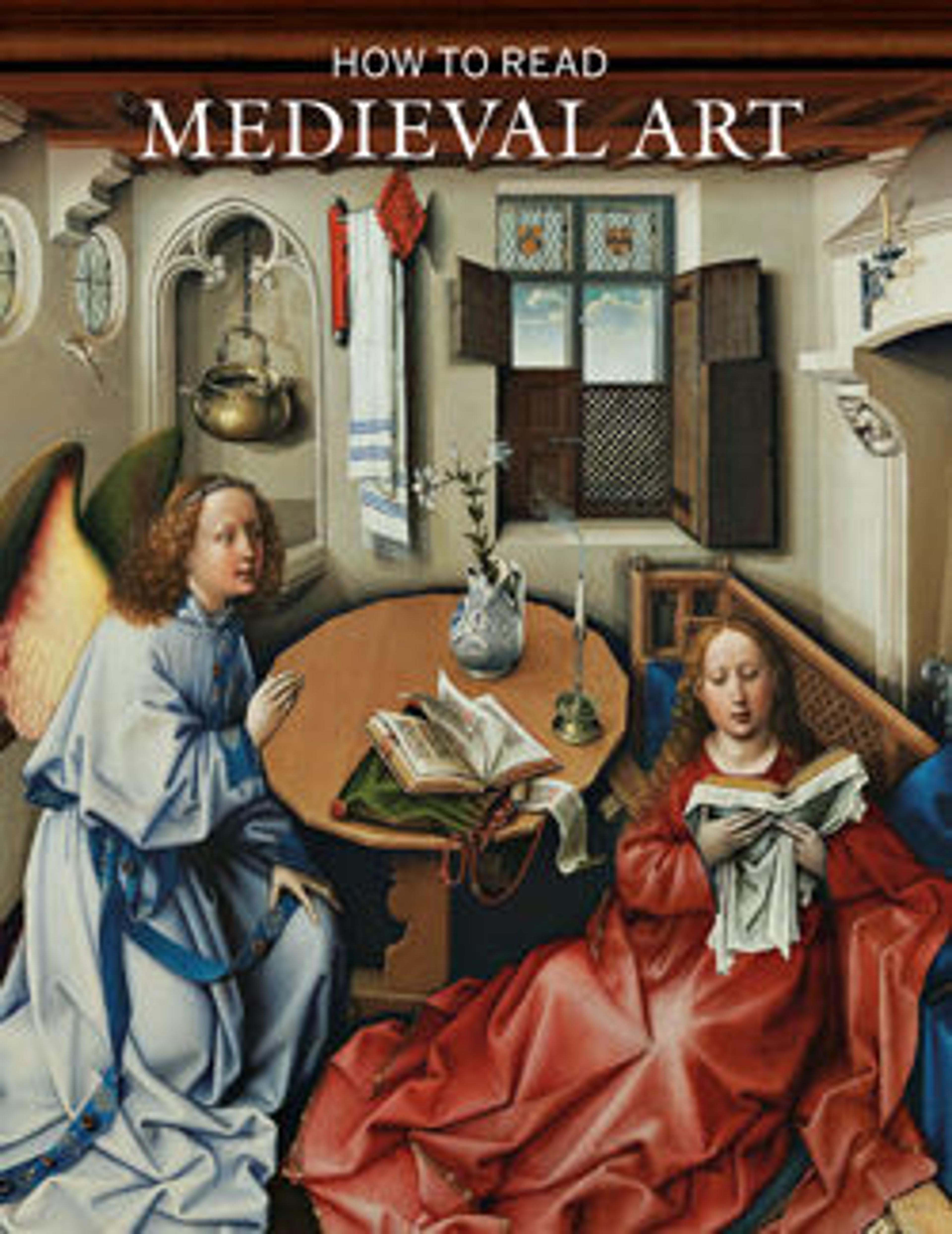Plaque with Saint John the Evangelist
Artwork Details
- Title: Plaque with Saint John the Evangelist
- Date: early 9th century
- Geography: Made in Aachen, Germany
- Culture: Carolingian
- Medium: Elephant ivory
- Dimensions: Overall: 7 3/16 x 3 11/16 x 1/4 in. (18.3 x 9.4 x 0.7 cm)
- Classification: Ivories-Elephant
- Credit Line: The Cloisters Collection, 1977
- Object Number: 1977.421
- Curatorial Department: Medieval Art and The Cloisters
Audio
49. Plaque with Saint John the Evangelist
Gallery 14
NARRATOR: This ivory plaque is one of the oldest works of art in The Cloisters. During the reign of Charlemagne in the ninth century, art and architecture flourished, reaching levels not seen in some time. Unfortunately, much from this period has been lost. But the achievements of the Carolingian period can clearly be seen in ivory carvings. St. John the Evangelist sits squarely on his throne and holds up his Gospel, opened to its first line, which translated reads: "In the beginning was the Word." Under an impressive arch decorated with acanthus foliage and supported by two classical columns is John's symbol, the eagle. Across the top of the piece is inscribed a line in Latin that translates, "Calling out like an eagle, the word of John reaches Heaven." The opulent drapery of St. John's robe is represented in a highly calligraphic, ornamental style and seems to have a life of its own. This textural, plastic approach is typical of Carolingian ivory carving, and foreshadows many of the characteristics associated with Romanesque art a few centuries later.
More Artwork
Research Resources
The Met provides unparalleled resources for research and welcomes an international community of students and scholars. The Met's Open Access API is where creators and researchers can connect to the The Met collection. Open Access data and public domain images are available for unrestricted commercial and noncommercial use without permission or fee.
To request images under copyright and other restrictions, please use this Image Request form.
Feedback
We continue to research and examine historical and cultural context for objects in The Met collection. If you have comments or questions about this object record, please complete and submit this form. The Museum looks forward to receiving your comments.
